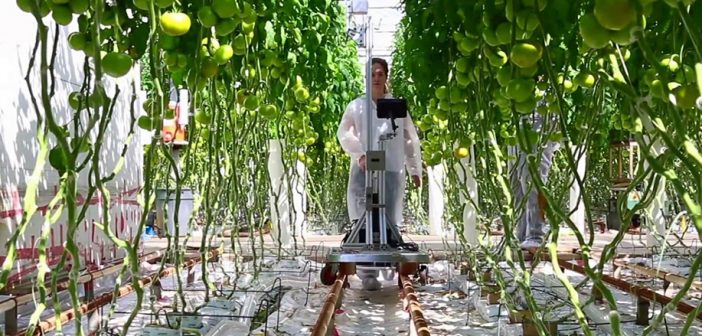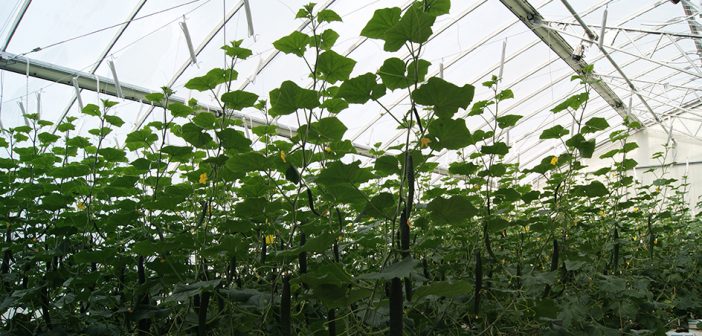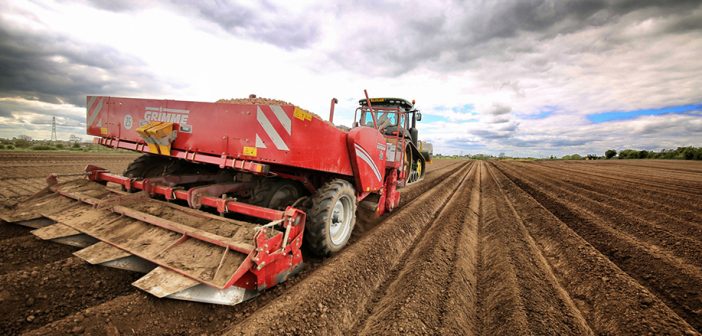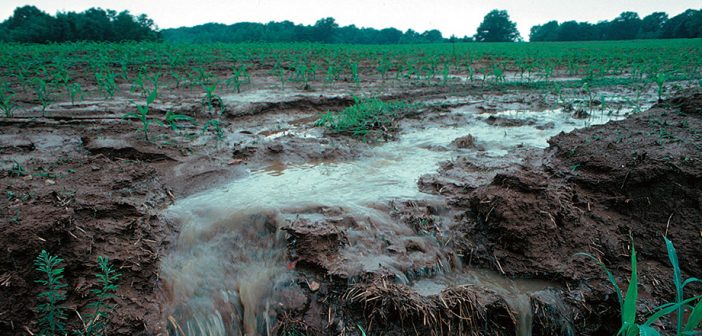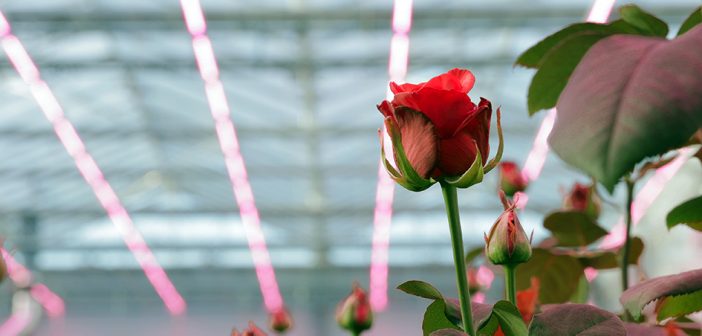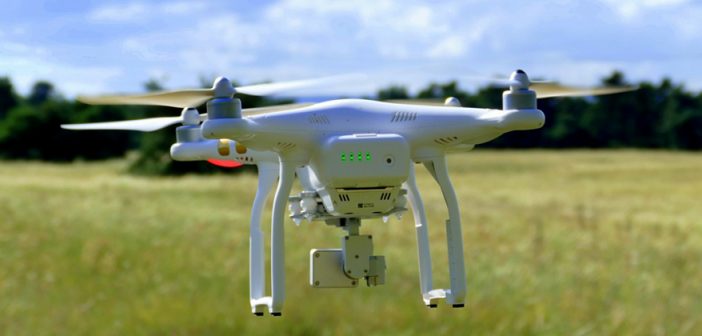Defra has received more than 44,000 responses to its consultation on farming, food and environmental policy after Brexit. 20,000 of these were received in the last week of the process.
The consultation, which closed on Tuesday 8 May attracted responses from farmers, NGOs and others in direct and indirect support for farmers, environmental protection and even the strategic importance of food to the UK. During the consultation process Defra also held 17 events across the country with stakeholders including the NFU, National trust and others.
The Agricultural Industries Confederation said the Government’s drive for environmental enhancements as part of its new farming policy must be coupled with an equal drive on agricultural production, underpinned by the enabling of new technologies and innovation.
Environment Secretary Michael Gove said, “It’s great news that so many people have responded so enthusiastically to our consultation. Leaving the European Union gives us the opportunity to improve the support we give to Britain’s farmers. We can make farming more productive, improve the quality of the food we eat and enhance our natural environment. We’ll reflect on the many thoughtful ideas put forward in response to our consultation and bring forward our plans for legislation later this year.”
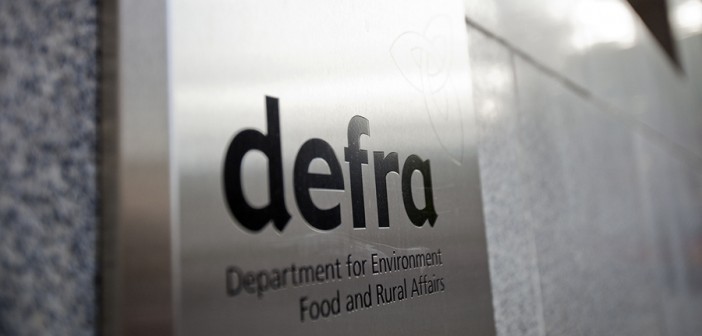
The post Defra consultation receives thousands of responses appeared first on Hort News. on 17 May 2018.
